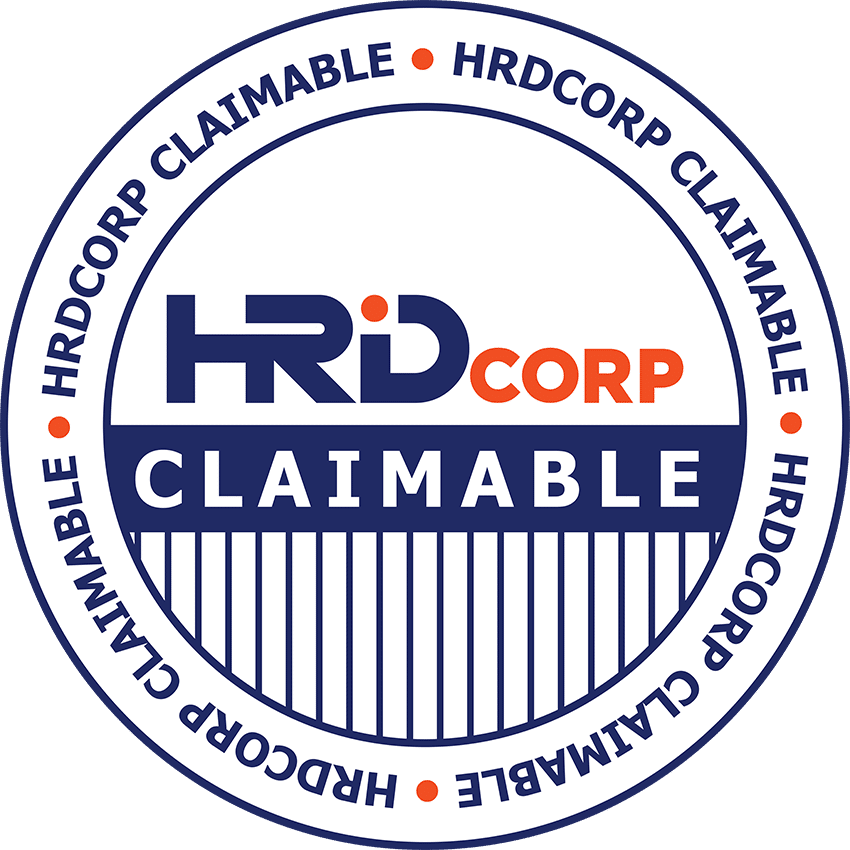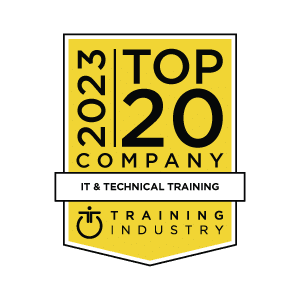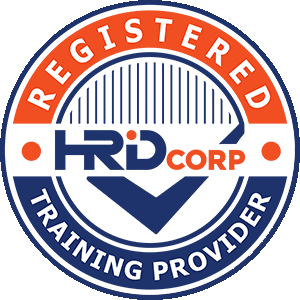Overview
The course is updated for DB2 10 for z/OS. This course is the classroom delivered version of the Instructor led Online course
- DB2 10 for z/OS System Administration – ILO (3V851).
Administrators of DB2 10 for z/OS can acquire a view of the architecture and fundamental processes required to manage a DB2 10 for z/OS subsystem. Engage in lectures and hands-on labs to gain experience to:
- Relate the z/OS IPL process to a DB2 subsystem
- Explain effects of stopping and starting DB2
- Explain how DB2 sets and use Integrated Catalog Facility (ICF) catalog names
- The use of DSN command processor running in batch and foreground
- Use views to minimize your ability to see into the DB2 catalog
- See how the catalog (through grant activity) controls access to data
- Search the catalog for problem situations
- Use the catalog and DB2 utilities to determine data recovery requirements
- Describe Internal Resource Lock Manager (IRLM) in a DB2 environment
- Implement DB2 and Resource Access Control Facility (RACF) security
- Describe DB2 program flow for all environments
- Display normal and problem threads and database status
- See how the SQL Processor Using File Input (SPUFI) AUTOCOMMIT option defers the COMMIT/ROLLBACK decision
- Interpret lock displays
- Identify and cancel particular threads
- Describe available DB2 utilities to manage system and user page sets
Skills Covered
- Start and stop the DB2 subsystem
- Explain the allocation CLIST used at logon for DB2 data sets
- Use Set SYSPARM command
- Locate the Command recognition character for the DB2 subsystem
- Query the system log to gain knowledge about the IPL process and information in the system log when DB2 is initialized or stopped
- Explore DB2 Address Spaces information
- Select the DB2 functions that best satisfy your site requirements
- Explain the use of RACF for DB2 connection security
- Explain the use of Roles and Trusted Context
- Implement security procedures for a DB2 environment
- Describe the components and address space structure of a DB2 subsystem
- Explain DB2 Program Flow for all environments
- Explain parameter settings for the IRLM
- Display storage values for the IRLMPROC
- Dynamically change IRLM storage
- Estimate lock storage required for the IRLM
- Invoke and use DB2 TSO Facilities
- Use the DB2 Catalog to monitor authorizations
- Increase the size of the Active Log data sets
- Explain DB2 Logging
- Use SET LOG SUSPEND and SET LOG RESUME
- Use DSNJU004 to Print Log Map
- Interpret the output of Print Log Map
- Use DSNJU003 to rename DB2 data sets
- Plan for recovery of a BSDS failure
- Monitor and control DB2
- Explain transaction flow in IMS and CICS
- Describe the CICS and DB2 environment
- Explain the difference between JDBC and SQLJ
Who Should Attend
This intermediate course is for system administrators, database administrators, and other technical individuals, who manage and implement DB2 10 for z/OS.
Course Curriculum
Prerequisites
You should have an understanding of the objects (tables, indexes, databases, and so forth) used in DB2 systems, and of how those objects are created, managed, and recovered.
- These skills can be developed by taking the DB2 Database Administration Workshop (CF83) / DB2 9 for z/OS Database Administration Workshop Part 1 (CV830) or through equivalent experience. You should also have a working knowledge of SQL. The DB2 SQL Workshop (CF12) / SQL Workshop – Instructor Led Online (3E120) provides that.
In addition, you should have:
- At least one year as a z/OS systems programmer or equivalent experience
- Or, one year working with DB2 on the mainframe as a DBA on the mainframe or equivalent experience
Course Modules
Exam & Certification
This course is not associated with any Certification.


